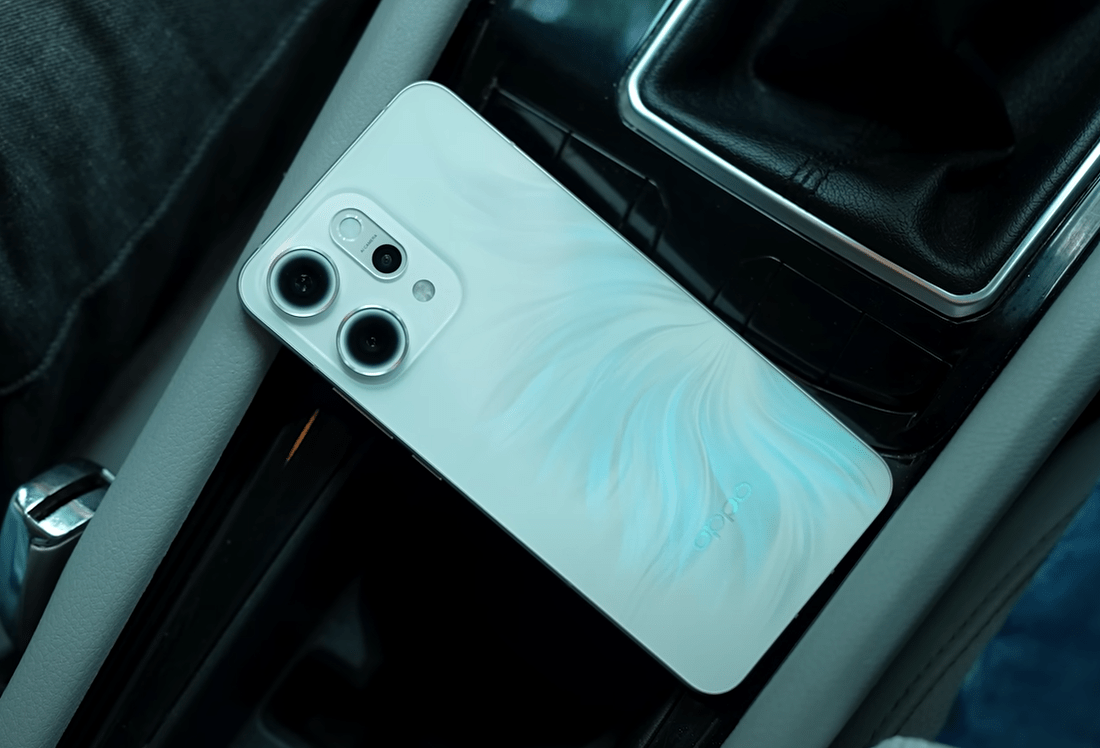OnePlus recently wrapped up its 13 series lineup with the launch of the OnePlus 13s, skipping the anticipated “Pro” variant altogether. Now, in mid-2025, fans have moved on — and many are curious whether the OnePlus 13s camera setup delivers anything exceptional. While the previous coverage didn’t go deep into the camera department, this blog is all about testing it thoroughly.
Let’s find out whether the OnePlus 13s camera truly lives up to expectations.
On-Paper Specifications: OnePlus 13s Camera
The OnePlus 13s camera on paper looks solid but a bit unconventional for modern flagships:
- Primary Lens: 50 MP Wide-Angle (Sony LYT-700 Sensor)
- Sensor Size: 1/1.56″
- Pixel Size: 1.0 µm
- Lens: 6P with OIS + EIS
- Focal Length: 24mm
- Field of View: 84°
- Telephoto Lens: 50 MP (Samsung S5KJN5 Sensor)
- 2X Optical Zoom
- Sensor Size: 1/2.75″
- Pixel Size: 0.64 µm
- Lens: 5P with EIS + Autofocus
There’s no dedicated ultra-wide lens, which might be a letdown for some, and the telephoto is only 2x — not the preferred 3x. In 2025, this feels a bit underwhelming considering what the competition offers.
Real-World Performance of OnePlus 13s Camera
Let’s break it down by use case and lighting conditions.
🔍 1x Mode (Primary Camera)
At 1x, the OnePlus 13s camera clicks sharp and clean images — especially in close-up shots. Human subjects are processed well with balanced dynamic range and surprisingly calm color tones. Backlight handling is particularly good, producing non-saturated and natural-looking images.
However, problems arise when the subject is facing sunlight. The OnePlus 13s camera then delivers inconsistent results — sometimes the skin tone is overly warm, and the dynamic range falls apart. There’s also a noticeable bluish tint around corners, especially in high-contrast shots.
🔍 2x Mode (Telephoto)
At 2x, the OnePlus 13s camera continues to impress. The close-up shots retain detail, have good contrast, and appear naturally processed. But the real magic happens in portrait mode.
The OnePlus 13s camera produces beautiful 2x portraits with a pleasing background blur. However, skin tones can sometimes appear too warm, and contrast can be overly harsh, resulting in images that are too dark or shadow-heavy.
🔍 4x Digital Zoom
Despite being digital, the 4x zoom on the OnePlus 13s camera is shockingly good. You’d be surprised it’s not optical. Aside from the same tone inconsistencies, the image processing at 4x is beautifully refined. You’ll actually enjoy clicking pictures at this range — a rare thing with digital zoom.
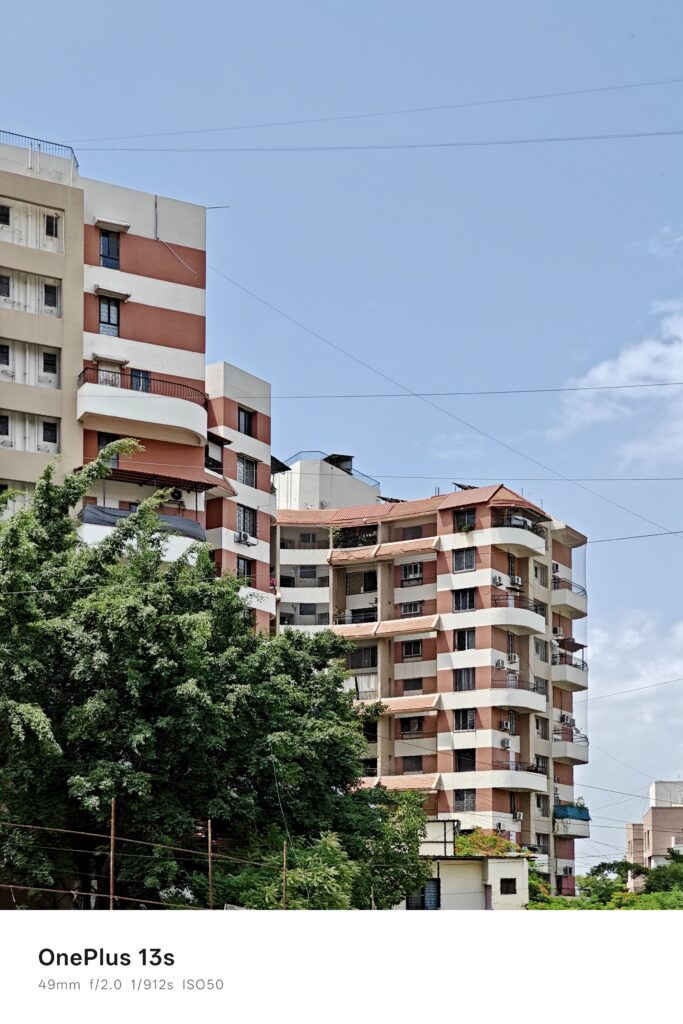
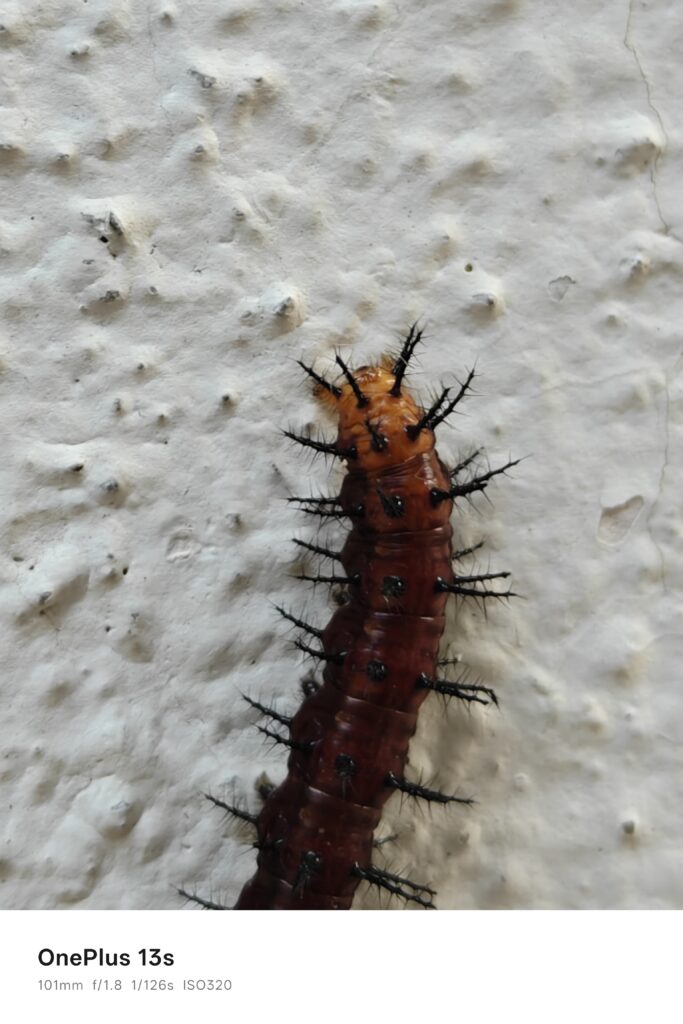

Portrait Mode
One oddity of the OnePlus 13s camera is that it only offers a static 2x portrait mode. There’s no 1x option, which is unusual. But thankfully, the results are often impressive:
- Edge detection is excellent — even around complex areas like hair or glasses.
- However, depth mapping is inconsistent. Sometimes, objects in front of or behind the subject interfere with the blur effect, ruining an otherwise perfect shot.
Macro Photography
No dedicated macro lens? No problem — at least for Indian users who always find a workaround! When using 2x mode, a flower icon appears on the screen, letting you switch to macro. This triggers a kind of macro simulation using the primary sensor.
Surprisingly, the OnePlus 13s camera clicks sharp macro shots this way, especially when switched to 1x at close distance. But at 4x zoom, macro shots fall apart, as it’s just digital crop — and lacks clarity.

Low-Light & Night Mode
This is where the OnePlus 13s camera underdelivers.
For a phone priced around ₹50,000, night photography is below expectations:
- Detailing and highlights are often lost.
- Noise levels are high.
- Image processing struggles despite the powerful chipset.
Night mode photos appear muddled, and the results are inconsistent — disappointing for this price point.
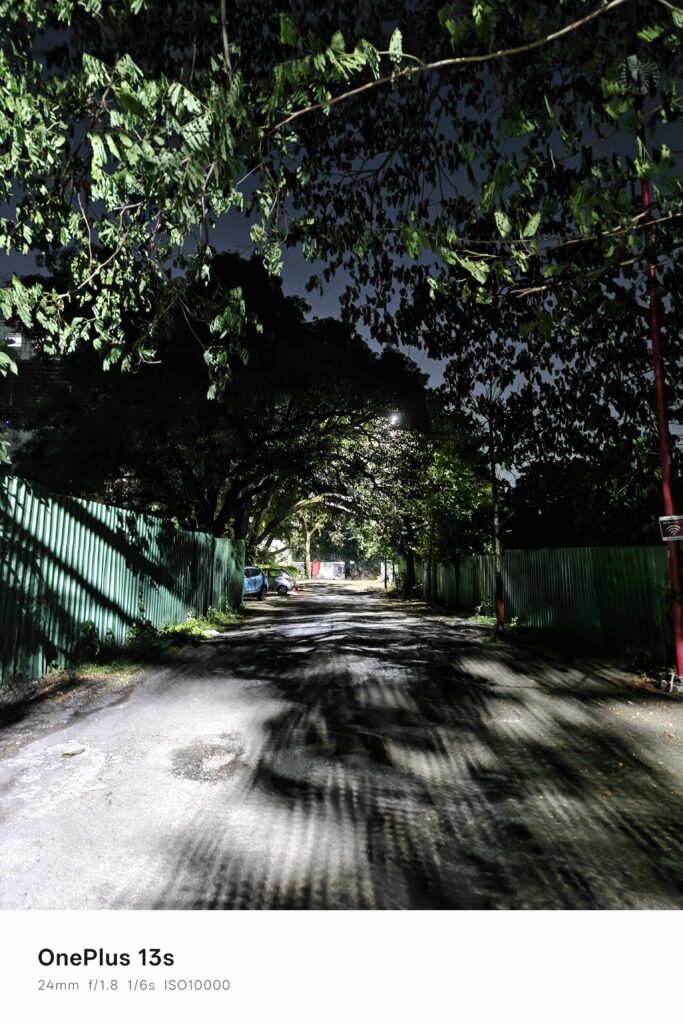
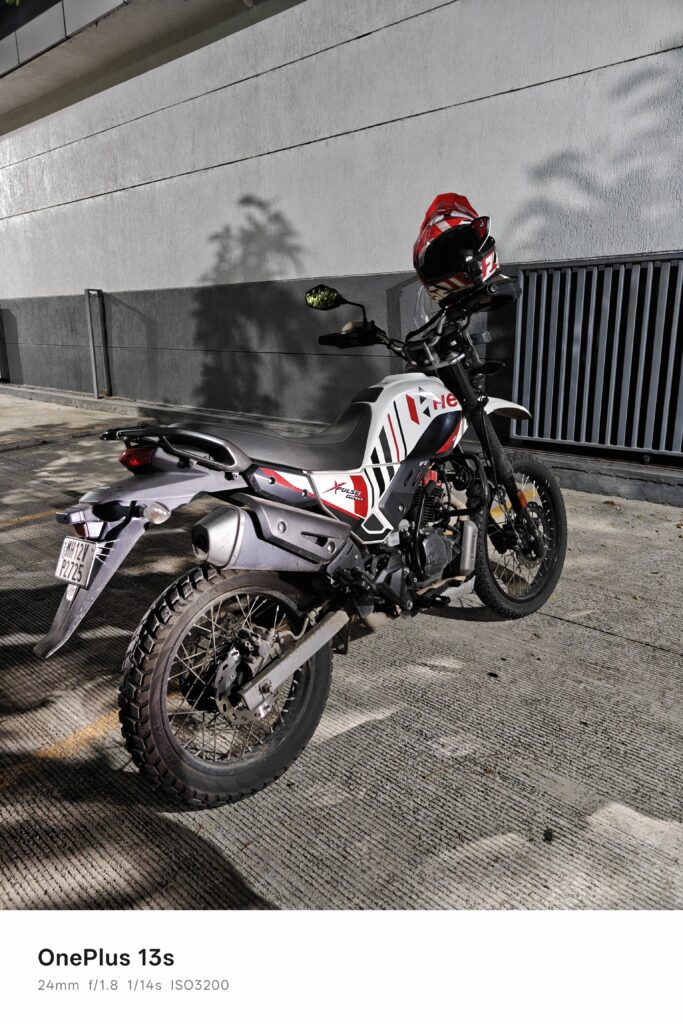
Video Recording
The OnePlus 13s camera supports 4K at 30fps and other standard modes. But video output remains average.
The basics — like stabilization, skin tone, and focus — are not very refined. This is a common issue in many Android phones, except for exceptions like the Nothing Phone 3a Pro and Pixel series.
If you’re a content creator, the OnePlus 13s camera might not be your go-to for video.
Selfie Camera
With a 50MP selfie shooter, the OnePlus 13s camera provides two modes:
- Slightly wide
- Standard
The color output is good and mostly warm, but:
- Dynamic range is weak.
- Edge detection is inconsistent.
- It often misses focus, and you may need to tap multiple times to get it right.
At this price, that’s a red flag.
Conclusion: Is the OnePlus 13s Camera Worth It?
The OnePlus 13s camera is a mixed performer that shines in some areas but stumbles in others. On the bright side, it delivers impressive photo quality at 1x and 2x, making it great for general and portrait photography. Its edge detection in portrait mode is strong, and the 4x digital zoom surprisingly mimics optical zoom in many conditions. The lack of a dedicated macro lens isn’t a big deal either, as the macro simulation through software performs quite well in most scenarios.
However, the drawbacks can’t be ignored. The absence of an ultra-wide camera feels limiting, especially in 2025 when even budget phones offer one. The skin tones and dynamic range often behave inconsistently, particularly in challenging lighting. Low-light photography is weak for the price segment, with visible noise and poor highlight handling. Video performance is average at best, portrait depth mapping struggles with foreground objects, and the selfie camera suffers from focus and edge detection issues.
In conclusion, if you’re someone who mostly clicks photos in daylight and enjoys taking portraits, the OnePlus 13s camera will serve you well. But for night photography, ultra-wide captures, or serious videography, it might leave you wanting more.


